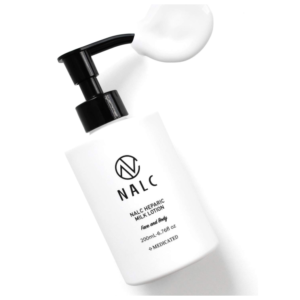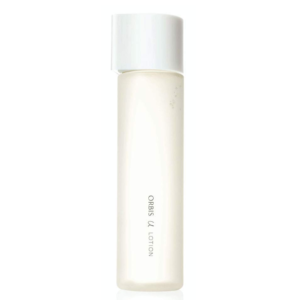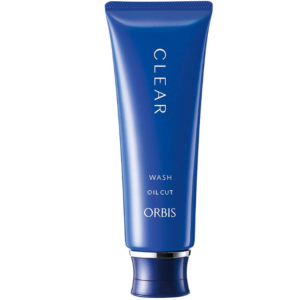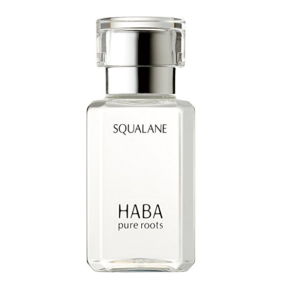目次
However, the
prognosis was less favorable in those patients who had already experienced a
loss in one of those areas because the contingency no longer existed for
them. Chutuape and colleagues have also shown that providing methadone take-home
privileges contingent on drug-free urine samples among methadone clients
with persistent multiple drug abuse resulted in marked reductions in drug
use (Chutuape et al., 1999). Nearly 25 percent of clients in the take-home incentive program met the
criterion for marked reduction in drug use and also were significantly more
likely to achieve the criterion of having 4 consecutive weeks of drug-free
urine samples.
- Because he is a member of a support group that stresses the importance of anonymity at the public level, he does not use his photograph or his real name on this website.
- As for the target population, it would be interesting to investigate addiction problems in adolescents and young adults because they are a fragile and sensitive population to develop special interests in drugs and other addictions.
- While Ellis and Beck have similar views about the prominent role that cognitions
play in the development and maintenance of substance abuse disorders, their
theories differ in considering how the therapist should treat irrational or
maladaptive cognitions. - Attempts to incorporate real-world contingencies into treatment programs are
increasing (Higgins, 1999). - Mindfulness, is drawn from Zen Buddhist teachings and refers to viewing things in a special way.
CBT for substance use disorders captures a broad range of behavioral treatments including those targeting operant learning processes, motivational barriers to improvement, and traditional variety of other cognitive-behavioral interventions. Overall, these interventions have demonstrated efficacy in controlled trials and may be combined with each other or with pharmacotherapy to provide more robust outcomes. Despite this heterogeneity, core elements emerge based in a conceptual model of SUDs as disorders characterized by learning processes and driven by the strongly reinforcing effects of substances of abuse. Particular challenges to the field include the determination of the most effective combination treatment strategies and improving the dissemination of CBT to service provision settings. Novel treatment strategies including more scalable modalities (such as computer-based programs) and combination strategies to improve rates or speed of treatment response (such as DCS) may aid in the transportability of treatments outside of research settings. We define CBT as a time-limited, multi-session intervention that targets cognitive, affective, and environmental risks for substance use and provides training in coping skills to help an individual achieve and maintain abstinence or harm reduction.
Figures
In that case, the therapist gives the client the paperwork necessary to submit their insurance claim directly to their provider. This article will break down the clinical conditions that CBT addresses, how it helps those struggling with substance use disorders and other mental health conditions, and who this type of treatment might be right for. Several studies examined the effectiveness of CM as a supplement to traditional drug counseling. The studies initially provided relatively high rewards (as high as $1,000) for sustained abstinence from substance cbt interventions for substance abuse use [47-49], but recently, effectiveness studies have focused on providing low-cost CM as a more feasible addition to traditional counseling programs. Petry and Martin [15] examined the addition of CM to standard community based treatment (methadone maintenance and monthly individual counseling) for cocaine and opioid dependent patients. Below we review individual and group treatments including motivational interventions, contingency management strategies, and Relapse Prevention and related interventions with a focus on functional analysis.
Nevertheless, review of taped TAU sessions by independent raters blind to treatment assignment indicated CBT techniques and strategies were among the most infrequently used in practice. Specifically, any clinician mention of cognitions or thoughts about substance use was identified in 14 of the 379 sessions rated and mention of skills training was detected only 13 times (Santa Ana et al., 2008). That these basic CBT components were detectable in less than 6% of all sessions rated suggests very limited success in disseminating CBT to the clinical community, at least in the settings included in those studies. As a result, these metrics of benefit are representative of CBT compared to something else rather than whether this class of interventions is efficacious over a truly inert control condition.
Co-Occurring Disorders
In addition, the reference lists of all included studies were hand searched, limiting the search to articles published in English. To ensure that articles were recent, the search was focused in trials published from 2009 to April 30, 2017. Fifty-four randomized controlled trials published in English since 2009 to April 2017 were included into a narrative synthesis. The standardized mean difference was used to measure efficacy outcomes in this meta-analysis.1 Hedges’ g includes a correction, f, for a slight upward bias in the estimated population effect (Hedges, 1994). One helpful cognitive strategy in the initial phase of CBT includes using the Advantage/disadvantage technique with the patient29.
Secondary outcome measures included changes in (1) self-reported mindfulness levels, (2) emotional self-regulation, (3) miscellaneous outcome measures, and (4) drop-out rates. Mindfulness-based interventions were defined as a treatment addressed to promote the moment-by-moment awareness of thoughts, feelings, bodily sensations, and surrounding environment. It also involves acceptance, paying attention to thoughts and feelings without judging them. Two independent reviewers conducted the literature search, including different sources such as electronic databases (Cochrane, PubMed, and Web of Science), citations, and reference lists, as well as gray literature.

















